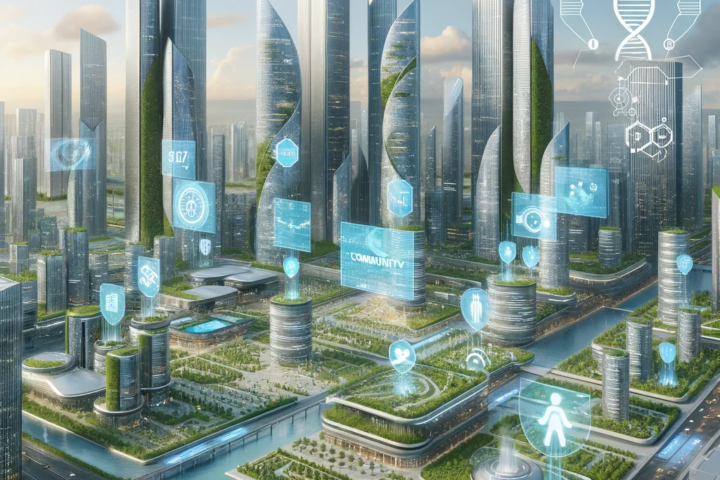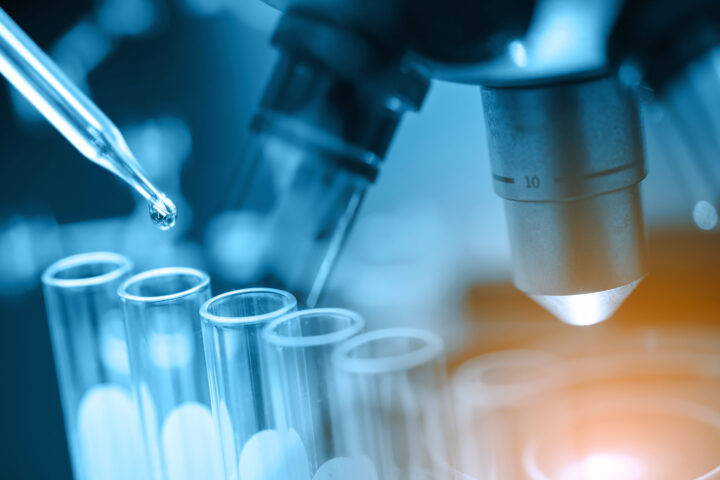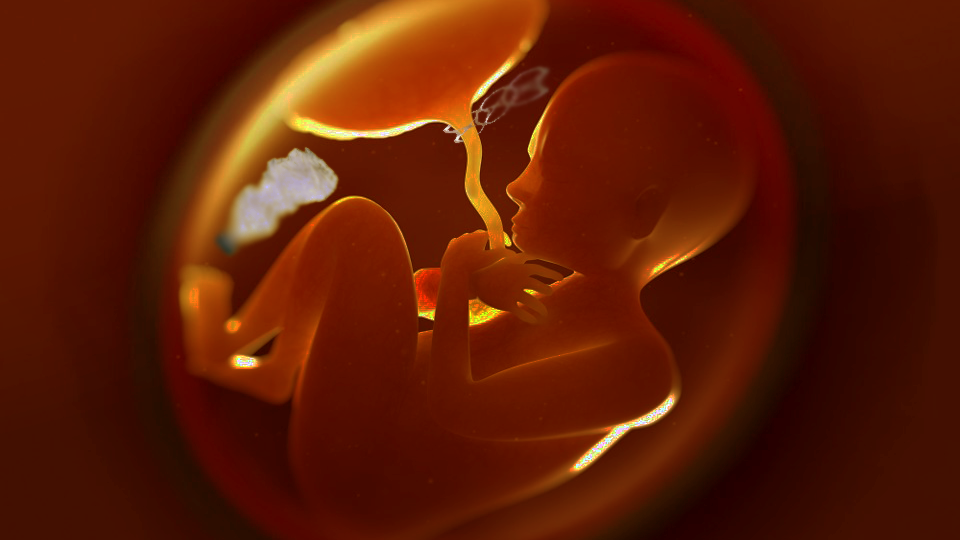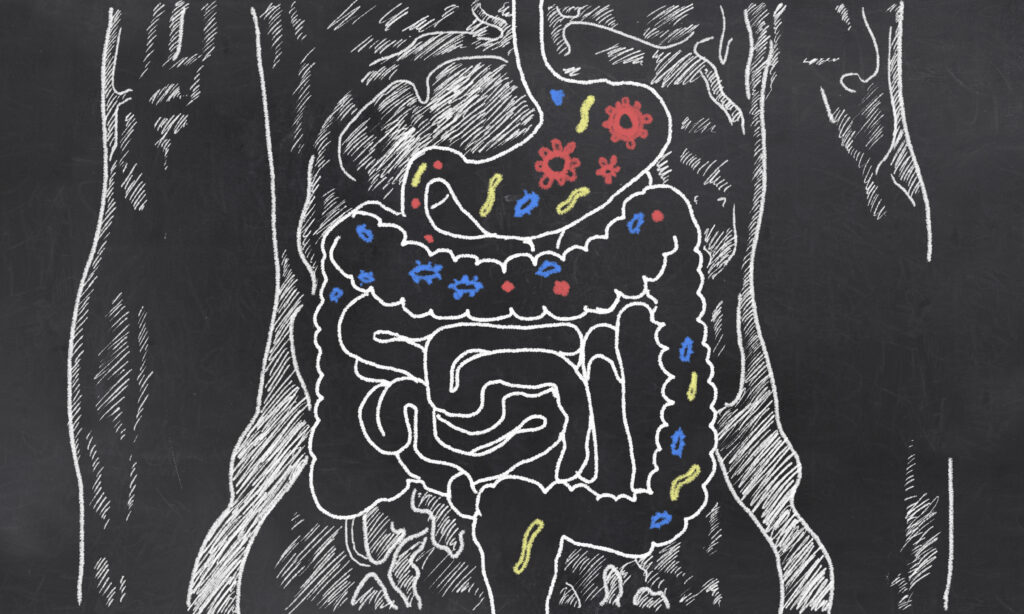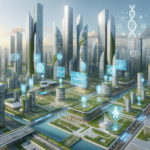What’s Bad About Driverless Tech?
The dawn of autonomous vehicles brings a transformative promise to road safety but casts an unexpected shadow on organ donation. The decrease in traffic accidents, while a testament to the advancements in automotive technology, paradoxically threatens the organ donation supply chain. This juxtaposition of progress and setback underscores the necessity for a strategic shift towards greater amounts of funding into bioartificial organ research and development.
The Present State of Organ Donation
As of 2016, organ donations, especially from those lost in traffic accidents, played a pivotal role in transplantation medicine. Kidney transplants, representing the lion’s share of the demand, highlight the critical nature of this supply. The 2020 Transplant Waiting List, with kidneys constituting 83% of pending procedures, lays bare the pressing need and urgency for solutions.
The Autonomous Vehicle Conundrum
Autonomous vehicles present a dual-edged scenario: they promise enhanced road safety yet inadvertently dwindle the source of life-saving organ donations. This paradox embodies the unforeseen repercussions of technological advancements, necessitating a balanced approach to innovation that safeguards the interests of all stakeholders in healthcare.
The Emergence of Bioartificial Organ Solutions
Projected to reach a valuation of USD 42.03 billion by 2030, the bioartificial organ manufacturing market signals a breakthrough in medical technology. This burgeoning field offers hope in addressing the organ supply-demand disparity, a gap further widened by the advent of autonomous vehicles.
Advocating for Governmental Involvement
The impending organ donation shortage, coupled with the potential of bioartificial organs, makes a compelling argument for enhanced governmental funding and support. Investing in the research and development of bioartificial organs transcends mere scientific endeavor; it’s a critical societal commitment to preserving life amidst evolving technological landscapes.
Conclusion
The rise of driverless vehicles represents a paradoxical challenge to organ donation, necessitating alternative solutions like bioartificial organs. Securing governmental backing for this research is crucial to ensuring a future where technological advancements do not compromise the needs of those awaiting transplants. With adequate support, the transition towards bioartificial organ engineering could effectively mitigate the shortfall in organ donations, marking a new chapter in the synergy between technology and healthcare.
Sources
- “Reduced Supply in the Organ Donor Market and How 3D Printing Can Address This Shortage” – Applied Sciences (MDPI)
- “Self-Driving Cars Will Save Lives, But Will They Cause Organ Shortages?” – Futurism
- Data Bridge Market Research on Bioartificial Organ Manufacturing Market Growth
- OPTN (Organ Procurement and Transplantation Network) Transplant Data



